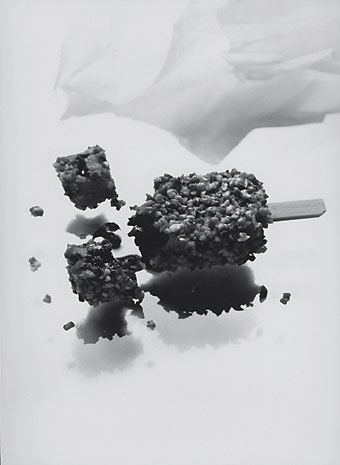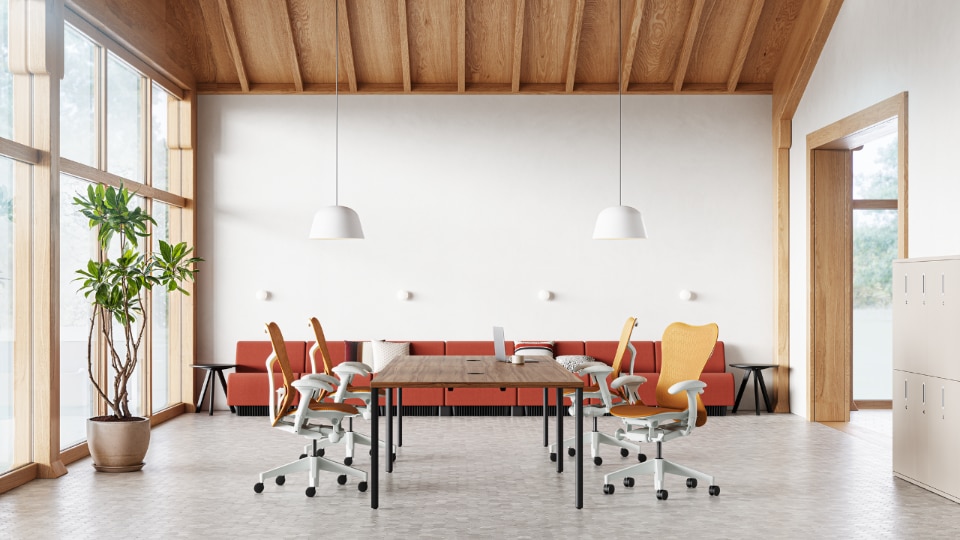Dear Roberto Verganti,
we read your article in the Harvard Business Review. And we loved it, because we don’t agree on a single thing. We, too, know that Italian design has an extraordinary history. But after that, on behalf of thousands of Italian designers: we’re sick and tired of hearing it! It’s a movie we’ve seen again and again. Gismondi, Artemide, Sottsass, Gino Colombini, Franco Albini, Kartell… outstanding, great. But we can’t spend the rest of our existence dreaming and remembering. Okay, Milan may be a hundred times better than Helsinki. However, we can tell by instinct that Nokia interprets the needs and desires of the contemporary world better than Michael Graves’s teapots. We spent five years in Ivrea, surrounded by the cult of Olivetti and his company. Conferences, biographies, museums, books. If they could just bring out one book at Ivrea not about the glory days but about the colossal crash of the Olivetti business, it would be doing them all an incredibly useful and profitable favour. Is this Milan that you describe the same place we live in? Maybe not. Maybe we live in two cities that are both called Milan but are situated in parallel worlds. To manage to write an apology of local Milanese design in the year 2007 sounds to us like a surrealist exercise, like Lettrist International, Ugo Tognazzi the grand old man of the Brigate Rosse, the Modigliani heads found in the Livorno canal… Instead of explaining to the Americans what they could learn from the Milanese system, wouldn’t it be more useful to explain to us who live in Milan (where design is in deep crisis) what we could learn from the Americans? We think getting excited about Michael Graves’s coffee-maker (and the system that manages to produce it), in a world where China copies the whole knowable universe, is an exercise that’s had its day. It’s like saying that Italy is in the vanguard because in 1933 the Rex liner set the record for the fastest Gibraltar-New York crossing. What leaves us flabbergasted is the reference to IDEO; or more specifically, when you establish the relation between how the “Lombardy firms’ R&D operation” and IDEO itself functions. You tell us in fact that: “The Lombardy firms’ R&D operation, for the most part, can be found neither inside the companies nor in interactions among them. Rather, it comprises a free-floating community of architects, suppliers, photographers, critics, curators, publishers and craftsmen, among many other categories of professionals, as well as the expected artists and designers.” We won’t comment on the hagiographic approach to the whole thing. Even if it were all true, the real point is in any case still missing, namely the business model (and we say business model simply because you write about business). IDEO is everything you describe here, transformed into a consultancy firm. In a single business, IDEO contains the skills of a district. It is a model focused on the future. When Kelley, Moggridge, and the rest of the IDEO band, were inventing a new model for themselves, they did not sit around a table basking in happy memories of the Eameses, drafting a monograph on Paul Rand or inviting George Nelson to a conference. IDEO asked themselves: what works now? And they understood that all the talent you describe needed to converge under the same roof. Not in a “free-floating community”, but in a proper company with a head and a tail, a plan and a strong brand. If the Milanese design system could transform itself from a free-floating community into a structured system, and possibly even into a brand, Italian design would be very much better off as a result. Again, in this paragraph: “Because the process is the sociological equivalent of basic research, most of the products it gives birth to represent a dramatic break from their predecessors. In this they differ from products that result when a company in effect outsources the R&D phase to a design studio like IDEO, which explores consumer needs by asking consumers directly what they want and by observing their behaviour.” Again, let’s pretend that Milan is this place where the majority of products are dramatic “breaks from their predecessors”. You don’t seem to understand the communication value of the IDEO process (and of user-centred design). This process is a tool that motivates companies to pay hundreds of thousands and sometimes millions of dollars on “design” consultancy. IDEO is in a position to present a formula that is understandable to third parties and methodically produces innovation and creativity. You don’t need a master’s from Harvard to realise that the creative process, if deconstructed and also made comprehensible to a financial manager, can be the key for getting businesses to invest in R&D. If we look at IDEO, in terms of work force we are talking about a group that has in the past year increased its staff by 10.5 per cent to 500, with seven offices in three different countries (USA, Britain, Germany). IDEO is growing globally, in terms of work force, profits and the value of the people coming out of it (Naoto Fukasawa being the best example). It generates big profits, knowledge and changes in industry (just look at Samsung). Moreover it is shifting towards conceptual and strategic types of work, rather than to the implementation or support of production. Much more towards Bain than towards Design Continuum, to give a Milanese example. Perhaps the Milanese system would have a lot to learn from a mechanism like this. If we think of IDEO, we think of the future. If we think of whistling coffee-makers or stunning chandeliers, we are dwelling on the past. Which is excellent, because in this way we understand how the Italian system, like an airplane stalling, is bracing itself for terminal impact with the ground. Perhaps, to avoid this crash, it would be worthwhile pondering the present in real terms (maybe bearing in mind that in the meantime the world has gone global), instead of lingering on a happy, very happy period, which is, however, over. Over? Absolutely.
Sincerely Stefano Mirti & Walter Aprile
P.S. - We are not obsessed with users and user-centred design. User-centred is okay for IDEO, and not for Apple, which instead, as you pointed out, is design-centred. Again, the passage from the first mouse in Apple Macintosh to the iPhone presented the other week is a design-centred trajectory of ideas that is radically different to the Italian model. Understanding where the differences lie, and why that model is more convincing than the “made in Milan” one, is the kind of thing that would be useful and worth doing. The hagiography should be left to the politicians and the official openers.
Innovation in Milan and innovation “à la Milan”
Dear Stefano and Walter,
I realise that my article has sparked a degree of nervous tension in Milanese design. Some think the issue is about territory. A contrast between design done in Milan and design done in America (impersonated by IDEO). A sort of Milan versus IDEO football match. Two things have to be done in order to understand why the Harvard Business Review, the oldest and most influential business magazine, published my article. Firstly, we must interrupt this football match between territories and start another, between models of innovation. Indeed, the article does not discuss the success of Milanese or Italian design, or that of IDEO. Instead, it illustrates a model of innovation, which I call design-driven (a radical design), by contrasting it with the user-centred model (an incremental design). Secondly, we need to escape from the strictly Italian past-oriented perspective adopted in your comment, similar to that of the conferences you mention on Olivetti in Ivrea. The Harvard Business Review indicates possible interesting strategies to corporate managers worldwide. It is therefore on a diametrically opposite, international and future-oriented wavelength. So if we adopt this perspective, and put ourselves in the shoes of a foreign manager, we find that the user-centred model promoted by IDEO is already extremely well known abroad. We might call it the “ruling model”, the standard. If you search the word IDEO on the Harvard Business Review web site alone, you will find no less than 15 quotations (the first in 1999). The management world is on the lookout for a fresh approach to innovation. It knows that with so many businesses applying the same user-centred attitude, products all tend to look alike. They stay on the market for a year and then have to be redesigned. Their supremacy is therefore very short-lived, like the Rex liner you mentioned. What attracted the Harvard editors most is precisely what leaves you speechless. The article in fact analyses a design that dates back more than 20 years: the 9093 kettle designed by Michael Graves for Alessi. All in the past? Small business? No, this product has sold 1.5 million copies. And it’s still a best-seller even now, after twenty-two years! At a price about five times higher than that of the similar article offered by Target. So there is nothing old hat about this: we’re talking about a product in the full flush of its success. Not to mention how much it would have cost Alessi to adopt a user-centred approach (which as you say, certain design firms charge a great deal of money for) and to redesign the product 22 times since 1985, only to get an object similar to all the others. The design-driven practices adopted by Italian companies are new and radical for a foreign manager, a far cry from user-centred design. At the seminar at Milan Polytechnic last December 12th, Ernesto Gismondi, president of Artemide, described having entrusted a design to the producer Luca Ronconi: “Imagine yourself in a room and tell me what light you would like. Don’t tell me what lamp you would like, you can leave that to us.” No post-it. No brainstorming. No ethnographic analysis. No client. And no business-expert designer (unless Ronconi has unsuspected qualifications there). Instead, a manager, Gismondi, a design pundit, and a theatre producer, Ronconi, a gifted interpreter of the language of the senses. The article therefore starts from a number of Italian (but also foreign – with Apple, Nokia and Bang&Olufsen at the forefront) success stories. They are very well known in terms of their products, but totally unknown as far as their management processes are concerned. The article picks a model and proposes it to companies, wherever they are, wishing to carry out radical innovations of sense. It does not discuss Milanese design, but design à la Milan. That is why it concludes with a section entitled “Can it happen here?” – because its aim is to show that the model can be replicated. In the 1980s a similar situation occurred with the Japanese-style production system, the “post-Fordist” model, or lean production. It had been practised in Japan since the early postwar years, but no one had analysed it (except Deming, who, however, remained unheeded for a long time). Then a number of American scientists turned up, studied the system and adopted it as a model. Many believed it would be impossible to export that production model, because it was too deeply rooted in Shintoist culture and in the dedicated life-employment pattern typical of Japan. They were wrong. The lean production model spread across the world. And for a while lean American corporations were more productive than their Japanese counterparts. I was not in Japan at the time. But I would not be surprised if a few young Japanese may have reacted as you did when the first articles appeared in the scientific journals: “Yes, but hey! We know all about that here. The real future lies in what the Americans do: the Fordist model!” Luckily, nobody in Japan took any notice. I don’t know if Italian design has a future, and I hope Domus readers may have an answer. Personally I not only wish it a long life, but I will also do all I can to help it prosper and grow, while searching for managerial models suitable to the companies concerned, so that they can boost their potential and stay in the vanguard of innovation. Come what may, the challenge to Italian design is a daunting one. Whether it is inevitably destined to be reshuffled only history can tell. Alberto Alessi, in one of his writings, reminds us that the phenomenon of Italian design, of design as art and poetry, is but the last ring in a long chain that started with the Arts & Crafts movement in England and America in the second half of the 19th century. Why should it be the last, stainless, ring? Sooner or later it will change place. But aside from the survival of Milanese design, the question is whether the chain, the displaced pattern of designer-driven innovation, will continue to spread, wherever it chooses to take root and develop. The fact that the Harvard Business Review (indicated by a recent survey of 1,700 American CEOs as “the most influential journal in America”) published an article on this model is the most authoritative and tangible signal that it is a vital, growing and future-oriented one. This model is at last on the desks of international managers. I have done my bit. Now it’s up to you, designers. Roberto Verganti







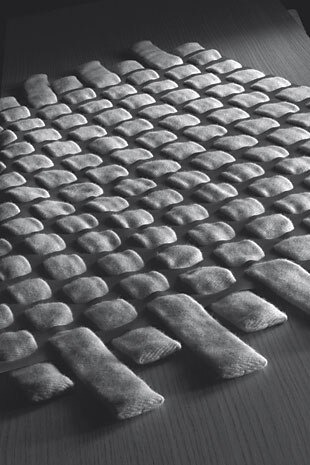
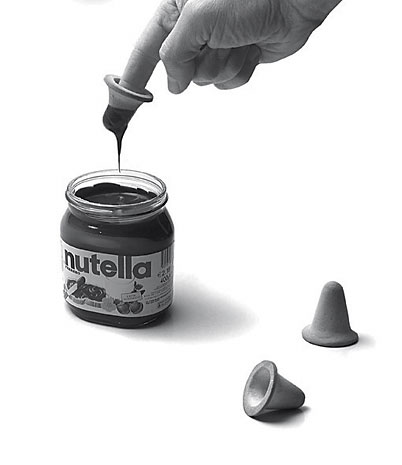

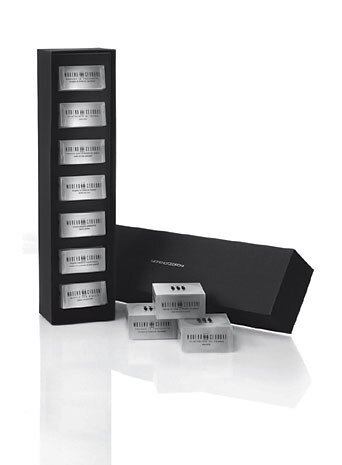
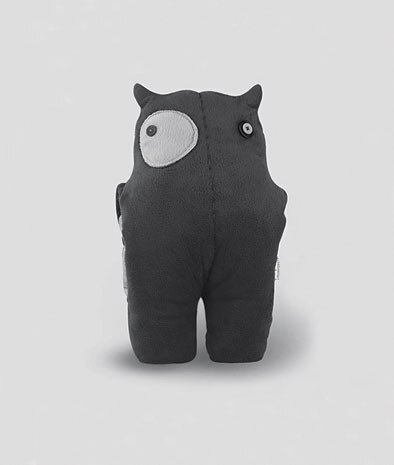

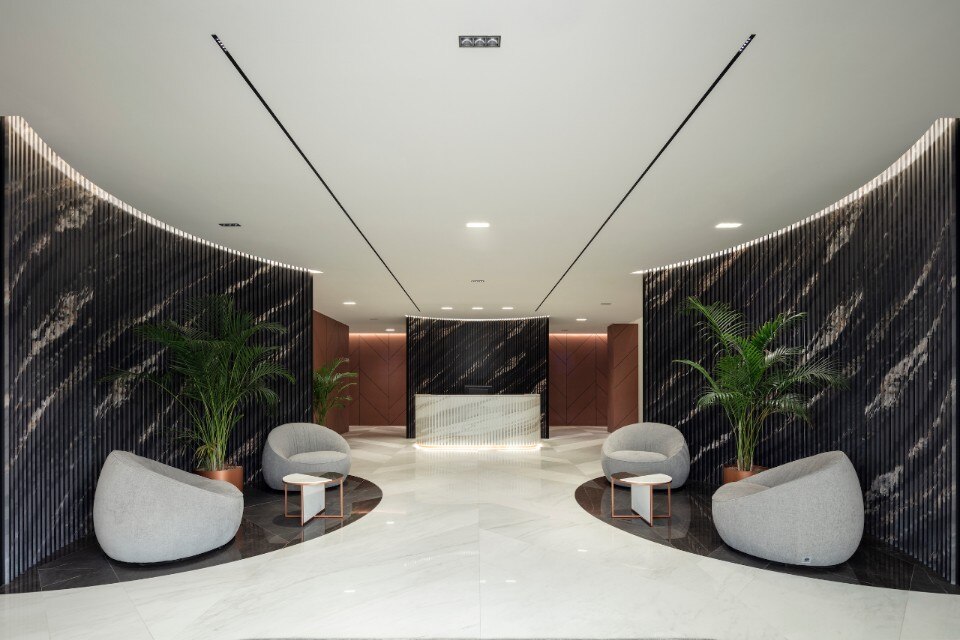
The restyling of Fiandre’s historic headquarters
The project by Iosa Ghini Associati studio is the ultimate expression of the company’s products and philosophy. The result is a workspace meant to be lived in.


